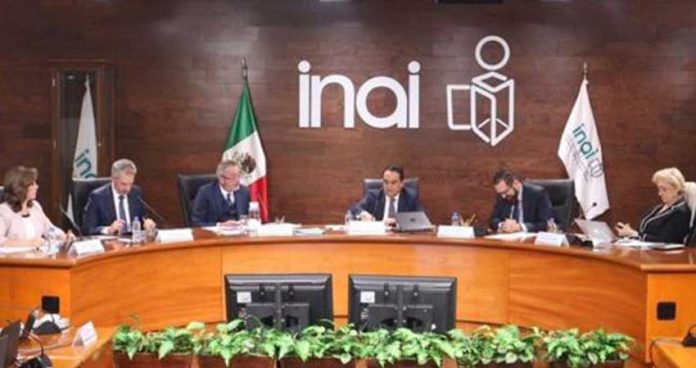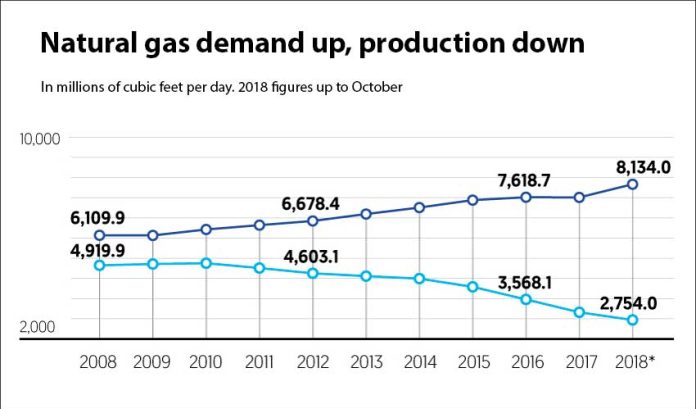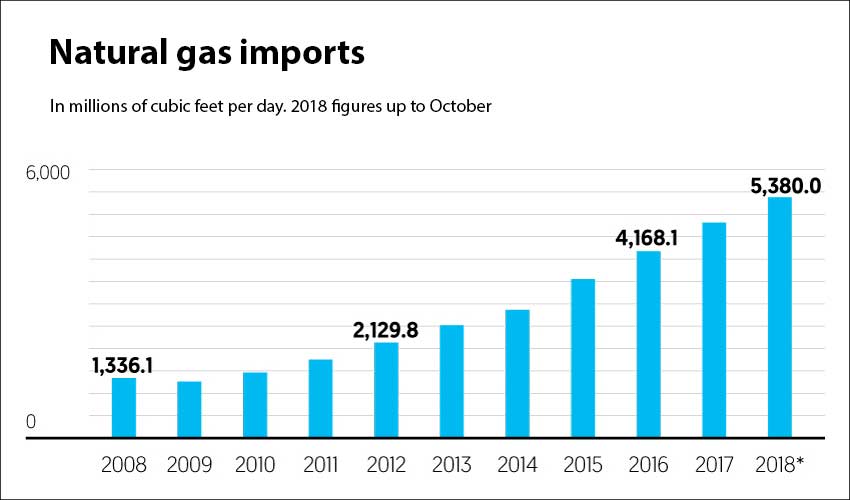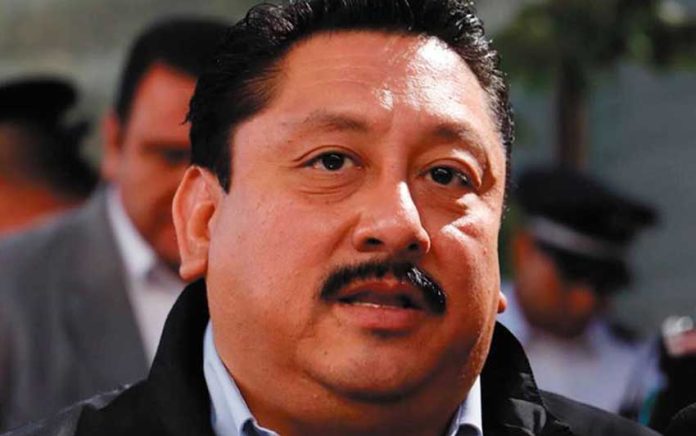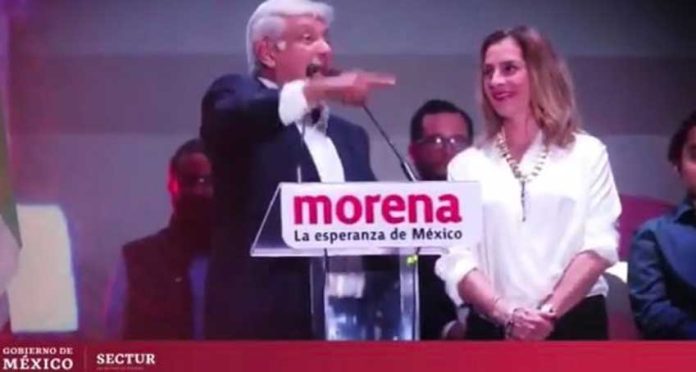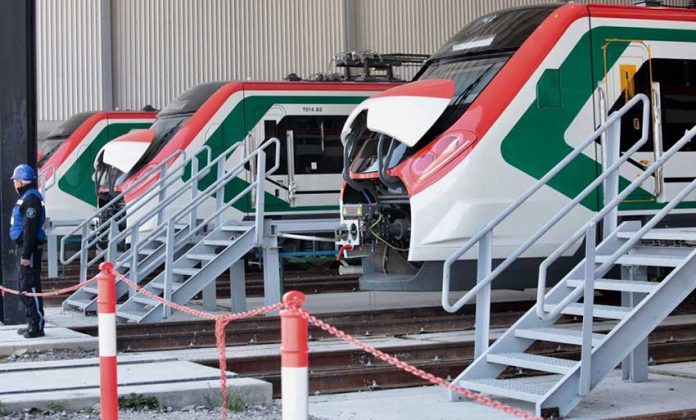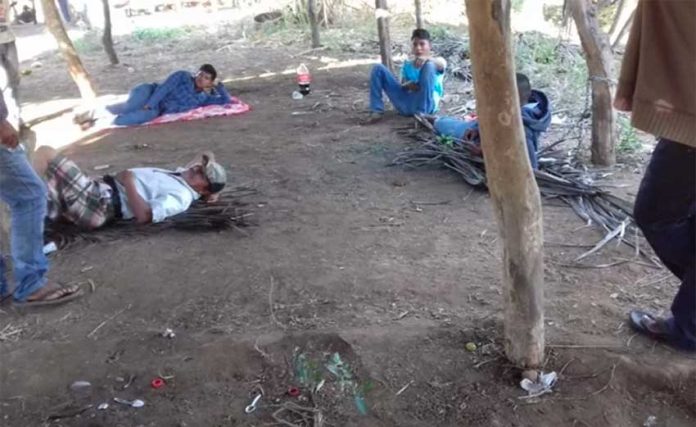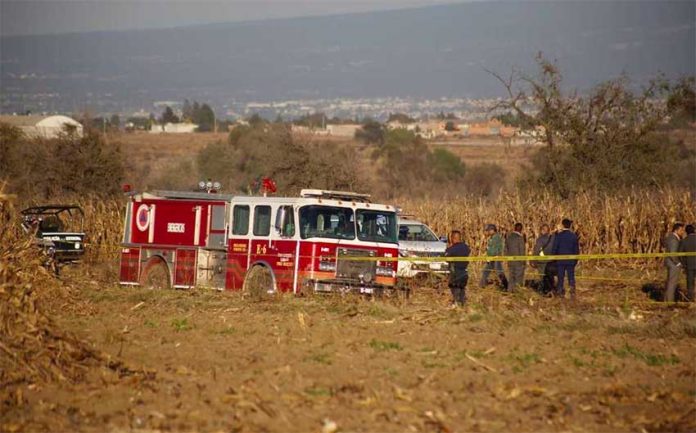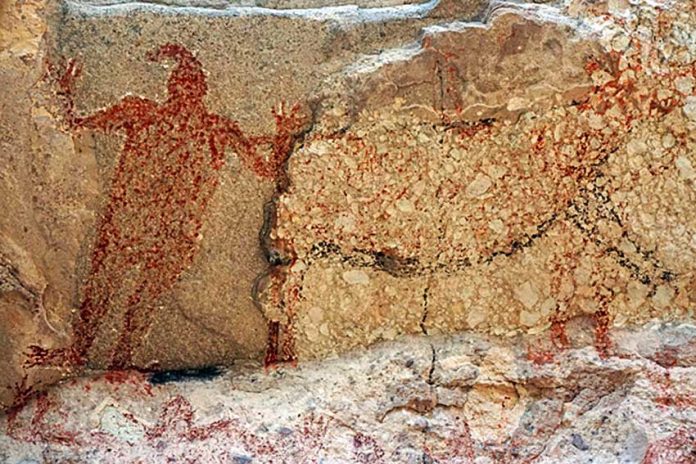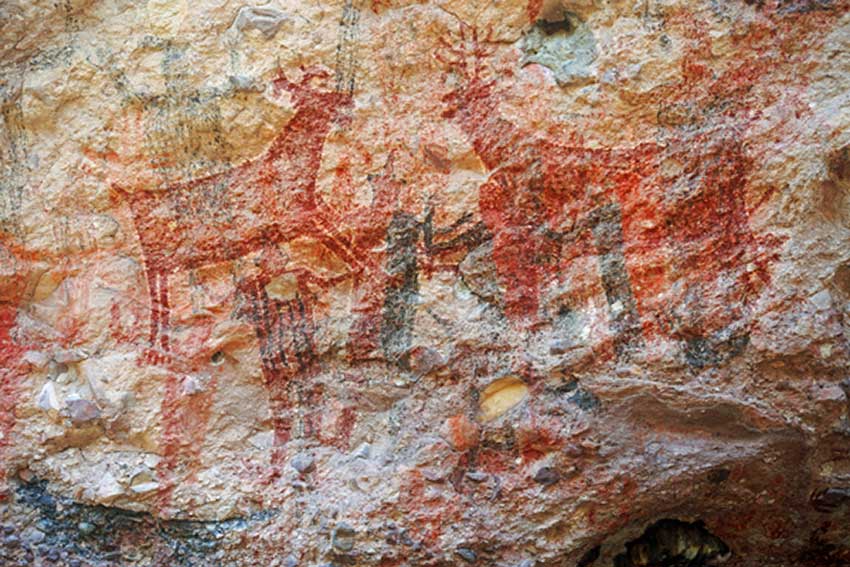The National Transparency Institute (Inai) has ordered President López Obrador’s office to release documentation to support the claim he made last month that there is no evidence “to file criminal complaints against those involved in possible acts of corruption” related to the cancelled Mexico City airport project.
During the campaign for last year’s presidential election, López Obrador frequently charged that the US $13-billion project was corrupt, using the claim as partial justification for his promise to scrap it.
In the lead-up to October’s public consultation on the new airport, the then president-elect continued to claim that the project was tainted by corruption and should therefore be cancelled.
However, referring to the suspected diversion of 17 billion pesos (US $883.5 million) by the Mexico City Airport Group (GACM) – the state-owned firm responsible for the project – López Obrador said in January that “there is no evidence” or “sufficient proof” to file criminal complaints against people who allegedly acted corruptly.
National Transparency Institute chief Joel Salas Suárez told a plenary session of Inai commissioners yesterday that a private citizen asked the president’s office to supply documentary evidence to back up López Obrador’s assertion that there was insufficient proof but the office replied that it was outside its jurisdiction.
Instead it suggested that the request be directed to the Secretariat of Communications and Transportation (SCT) and the GACM.
The applicant subsequently filed a complaint with Inai against that response, arguing that the president’s office should have such documentation.
Commissioner Salas said yesterday that the complainant’s grievance was justified because the president’s office has the responsibility to provide the president with “the information and details necessary for his activities, decision making and formulation of messages.”
“In a democracy, the opinion of a head of state is normally backed up by verified and up-to-date information . . .” Salas said.
He also said it has not been clarified “whether or not there were acts of corruption in the construction” of the new airport, emphasizing that the provision of such information was paramount because it relates to 169 billion pesos (US $8.8 billion) of public funds.
The six Inai commissioners voted unanimously to rule the response to the private citizen out of order and to instruct the department to provide the information sought in accordance with its legal obligations under transparency legislation.
“The office of the president of the republic must assume jurisdiction and . . . disclose the documents . . . .” Inai said in a statement.
Providing that information, Salas said, will ensure that the government’s “statements and decisions maintain the [same] legitimacy” as the government itself achieved in last year’s elections.
Source: El Universal (sp), El Financiero (sp)
